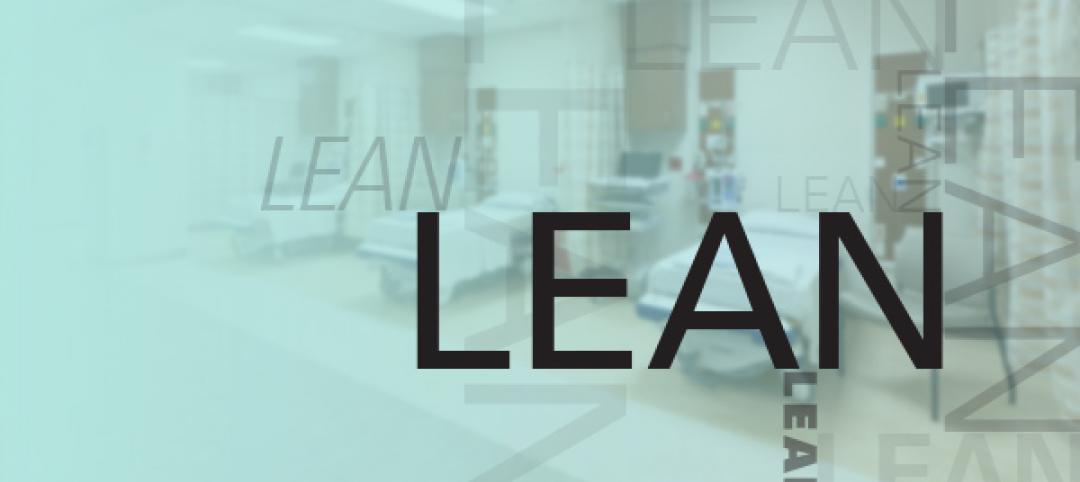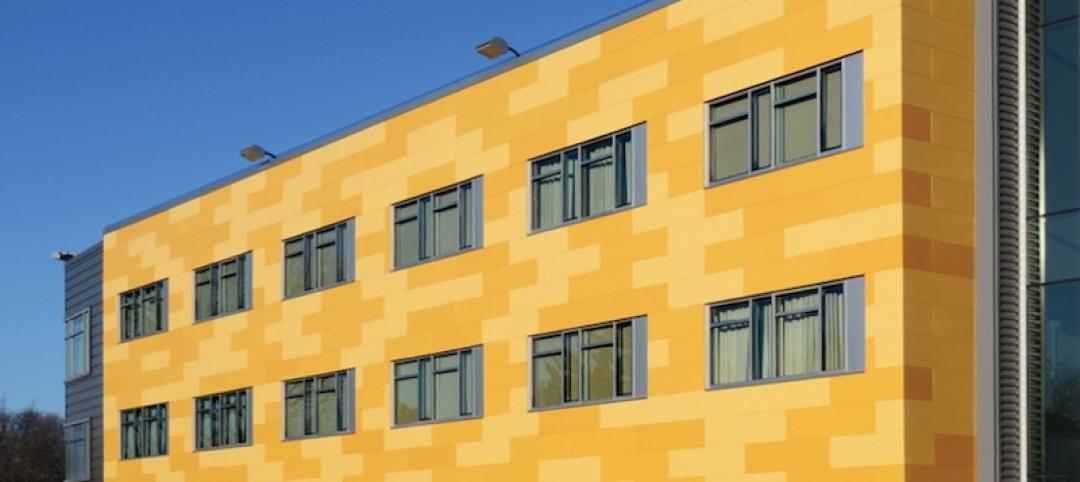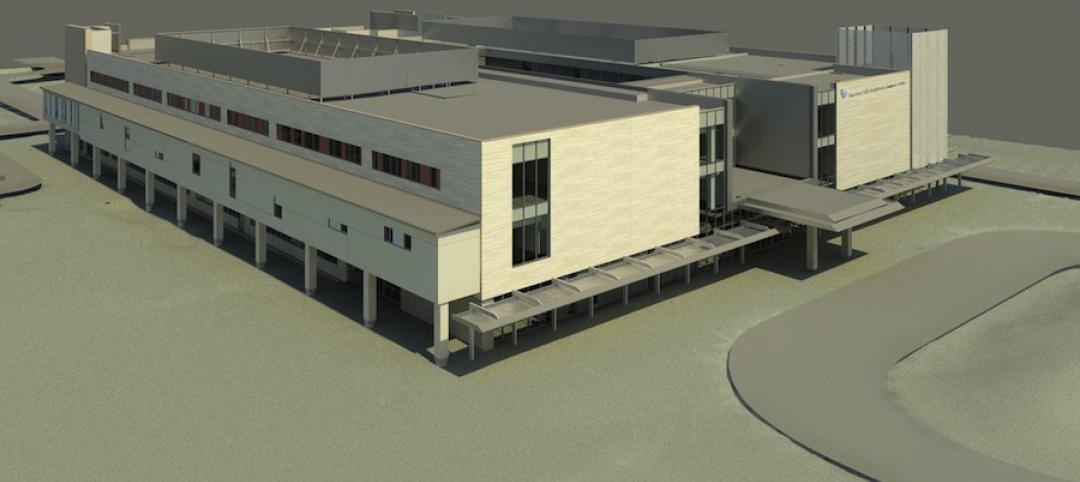The nearly 7,100 urgent care centers operating in the U.S. see nearly 160 million patients a year, according to the latest estimate by the Urgent Care Association of America (UCAOA). To say the competition for these patients is fierce would be an understatement: Urgent care is about as close to retail as healthcare gets.
According to the UCAOA’s 2015 “Benchmarking Survey,” urgi-centers are open an average 4,100 hours a year (equivalent to about 12 hours a day); 96% are open seven days a week. One-third (34.1%) are located in shopping centers or strip malls; another third (33.2%) are in freestanding buildings. The rest are in medical office buildings (19.1%) and mixed-used facilities (13.6%). Physician groups and investors own the greatest share of urgi-clinics, nearly 40%.
For-profit retail chains predominate, led by the Concentra division of Select Medical (300 urgi-centers in 40 states) and U.S. HealthWorks Medical Group (174 centers, 21 states). Corporate and non-physician investors control 23% of urgi-clinics, according to the UCAOA.
Health systems have been developing their own networks of urgent care clinics. Hospitals, either individually or in joint ventures, run 37% of U.S. urgent care centers. Ted Matson, Vice President of Strategy for Sutter Health, which operates 24 urgent cares in Sacramento, Calif., recently compared these clinics to retail shopping centers because they provide lower cost and faster service compared to visiting a doctor’s office.
Other health systems with multiple urgent care centers in their portfolios: Dignity Health, which operates 41 urgi-clinics under its banner, with eight more planned for this year (in 2013, Dignity acquired U.S. HealthWorks, which operates more than 200 occupational health and urgent care centers in 22 states); Centra Care – Florida, Maryland, and Kansas (38); Aurora Health Care – Wisconsin (34); Intermountain Health Care – Utah (32, plus six co-located pediatric urgent care centers); and Carolinas HealthCare System – North Carolina (29).
“Design is now focused on branding,” says Luis Cano, AIA, LEED AP, EDAC, NCARB, Principal and Senior Vice President in the Miami office of Gresham Smith and Partners.
GS&P designed its first urgent care center 14 years ago. Since then its healthcare work has been exclusively for hospitals, which see urgent care as a way to “project their influence into geographic areas where they otherwise wouldn’t be,” says Cano. Architecturally, he says, the brand “perpetuates the cohesiveness of the healthcare system.”
GS&P’s hospital clients don’t usually come in with preconceived ideas for the design of their clinics, but they do know what works for them, says Cano. “They listen to us, and what we come up with could be a different solution for each client,” he says.
GS&P is the architect on two urgent care centers for Jackson Health System, which last September opened its first UHealth Jackson Urgent Care center, a 4,100-sf facility in Miami’s Country Walk Plaza. In 2017, Jackson Health System plans to open urgi-cinics in North Miami, Doral, and Cutler Bay, and at its existing North Dade Health Center, Miami Gardens.
Other AEC firms involved in UHealth Jackson projects: MGE Architects, G&G Engineering Group, Gartek Engineering, RC Construction, Harbour Construction, and BDI Construction.
Brian Martin, AIA, LEED AP, EDAC, Senior Designer in SmithGroupJJR’s Healthcare Studio, in Washington, D.C., is also seeing urgent care centers popping up in local retail spaces. “We have to design them for the specific needs of their locations,” which he says limits his firm’s leeway over the design.
Urgent care centers are considered ambulatory construction, using a B-plus business occupancy standard. Their construction budgets are bare bones. “They are not intended to be flagships,” says Martin.
Martin believes the Walmartization of healthcare at the retail level will continue. His firm has worked with one of the nation’s biggest healthcare systems, Kaiser Permanente, to develop what could be a template for urgent care centers. “The providers are realizing cost efficiencies on their own,” he says.
Related Stories
| Oct 30, 2013
11 hot BIM/VDC topics for 2013
If you like to geek out on building information modeling and virtual design and construction, you should enjoy this overview of the top BIM/VDC topics.
| Oct 28, 2013
Urban growth doesn’t have to destroy nature—it can work with it
Our collective desire to live in cities has never been stronger. According to the World Health Organization, 60% of the world’s population will live in a city by 2030. As urban populations swell, what people demand from their cities is evolving.
| Oct 18, 2013
Meet the winners of BD+C's $5,000 Vision U40 Competition
Fifteen teams competed last week in the first annual Vision U40 Competition at BD+C's Under 40 Leadership Summit in San Francisco. Here are the five winning teams, including the $3,000 grand prize honorees.
| Oct 18, 2013
Researchers discover tension-fusing properties of metal
When a group of MIT researchers recently discovered that stress can cause metal alloy to fuse rather than break apart, they assumed it must be a mistake. It wasn't. The surprising finding could lead to self-healing materials that repair early damage before it has a chance to spread.
| Oct 14, 2013
The next level of Lean process for healthcare
Most hospitals have begun the Lean process improvement stage to eliminate waste, reduce travel distances, and minimize inventory, with varying levels of success. Here are three keys to creating a prosperous Lean program.
| Sep 24, 2013
8 grand green roofs (and walls)
A dramatic interior green wall at Drexel University and a massive, 4.4-acre vegetated roof at the Kauffman Performing Arts Center in Kansas City are among the projects honored in the 2013 Green Roof and Wall Awards of Excellence.
Sponsored | | Sep 23, 2013
Nichiha USA panels provide cost savings for community project
When tasked with the design and development of a newly constructed Gateway Rehabilitation Center, architects at Rothschild Doyno Collaborative first designed the new center to include metal panels. When the numbers came back, they were challenged with finding a product that would help cut costs and keep them within the construction budget. Nichiha’s fiber cement panels come in a half or less of the metal panel cost.
Sponsored | | Sep 23, 2013
HKS leverages Revu and Bluebeam Studio for IPD on the Banner Health MD Anderson Health Center project
Read how HKS is working collaboratively with all project partners and streamlining information flow using Bluebeam Revu and Bluebeam Studio to digitize communication and deliver the facility using IPD.
| Sep 19, 2013
What we can learn from the world’s greenest buildings
Renowned green building author, Jerry Yudelson, offers five valuable lessons for designers, contractors, and building owners, based on a study of 55 high-performance projects from around the world.
| Sep 19, 2013
6 emerging energy-management glazing technologies
Phase-change materials, electrochromic glass, and building-integrated PVs are among the breakthrough glazing technologies that are taking energy performance to a new level.

















